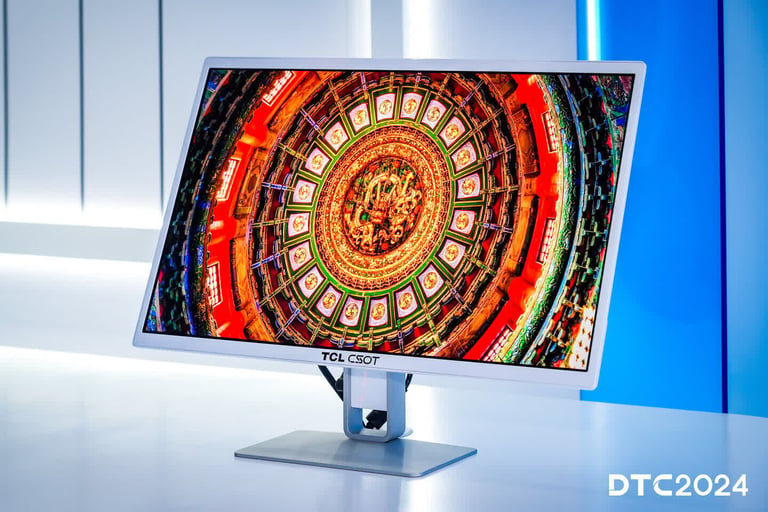TCL Begins Mass Production of Affordable Inkjet-Printed OLED Displays, Unveils Medical and Prototype Panels
November 20, 2024
TCL's innovative RGB OLED technology significantly reduces light loss and enhances light output efficiency, contributing to a longer lifespan for their displays.
The inkjet printing process employed by TCL is reported to be 30% faster than traditional OLED manufacturing methods, which boosts production efficiency.
This manufacturing process utilizes Gen 5.5 glass substrates measuring 1,300 × 1,500 mm, incorporating technology acquired from the now-defunct Japanese company JOLED.
Looking ahead, TCL plans to broaden its OLED panel lineup in 2025 and is exploring the development of a larger 8.5-Gen inkjet production line.
Although TCL's panels may not match the brightness levels of competitors like LG Display and Samsung Display, their large inkjet printing approach results in reduced waste and a 20% decrease in overall production costs.
In addition to the medical display, TCL has unveiled a 27-inch prototype panel that offers 4K resolution, side-by-side RGB OLED pixels, and a refresh rate of 120Hz, with peak brightness reaching 600 nits.
TCL has officially launched mass production of inkjet-printed OLED displays, a pivotal move that underscores their dedication to developing more affordable and energy-efficient monitors.
The first product from this production line is a 21.6-inch 4K OLED panel designed for medical professionals, boasting a remarkable contrast ratio exceeding 1,000,000:1 and a maximum brightness of 350 nits.
This medical monitor features a pixel density of 204 PPI and achieves 99% coverage of the DCI-P3 color space, making it ideal for high-quality medical applications.
TCL also introduced a 2.8K 14-inch QD-EL display prototype that utilizes Quantum Dot Electroluminescent technology, which eliminates the need for backlighting and enhances visual quality and viewing angles.
The QD-EL technology supports variable refresh rates ranging from 30Hz to 120Hz and is recognized for its color purity, covering the BT2020 color gamut.
Summary based on 1 source
